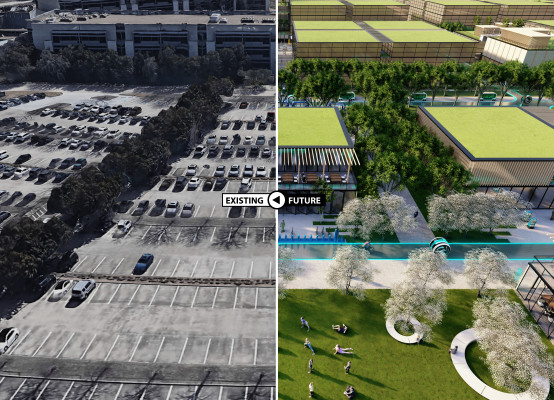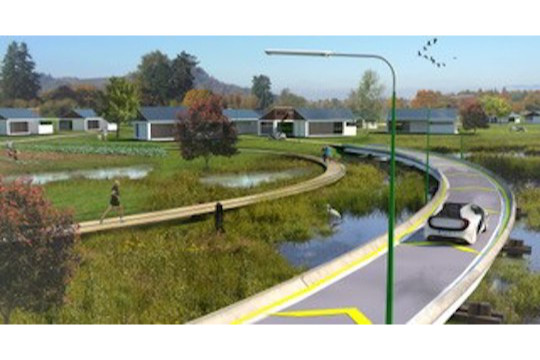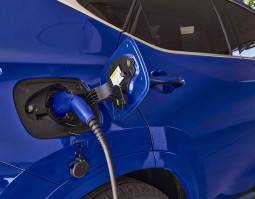
Autonomous Transportation and Its Potential to Transform Suburban Life
Opportunity
Imagine how self-driving vehicles and derived mobility services might impact every aspect of life in the future. From how and when we move about and how we design cities, to how we enhance environmental sustainability with this technology. As we approach this new era in urban/suburban planning and transportation, can we develop models and guidance that will help us address issues such as congestion and affordable universal access?
Our Approach
 As global populations grow, cities are expanding beyond their core and out to lower-density suburban neighborhoods. In the United States, almost two-thirds of these suburban areas have non-existent or limited public transit options. This results in a dependence on individually-owned vehicles and associated challenges of traffic, parking, affordability, and environmental impact. With this in mind, the autonomous driving revolution has the potential to radically transform life in suburban communities.
As global populations grow, cities are expanding beyond their core and out to lower-density suburban neighborhoods. In the United States, almost two-thirds of these suburban areas have non-existent or limited public transit options. This results in a dependence on individually-owned vehicles and associated challenges of traffic, parking, affordability, and environmental impact. With this in mind, the autonomous driving revolution has the potential to radically transform life in suburban communities.
 To explore the possibilities, TMF has partnered with the MIT Norman B. Leventhal Center for Advanced Urbanism. Together, and with the collaboration of urban planners and landscape urbanists, we will expand prior research to develop scenarios and plausible suburban configurations that will explore autonomous mobility options. The work will evaluate real-world typologies and create guidelines for future land use and new Optimized Suburban Units (OSUs). TMF will also work to develop best practices for policy development and implementation.
To explore the possibilities, TMF has partnered with the MIT Norman B. Leventhal Center for Advanced Urbanism. Together, and with the collaboration of urban planners and landscape urbanists, we will expand prior research to develop scenarios and plausible suburban configurations that will explore autonomous mobility options. The work will evaluate real-world typologies and create guidelines for future land use and new Optimized Suburban Units (OSUs). TMF will also work to develop best practices for policy development and implementation.
Learn More
Learn more about the tool and explore how the tool can be applied by watching our Virtual Learning Series in partnership with the New Cities Foundation here.
Visit the Next Optimized Generation of Autonomous Suburbs website here.
-
- August 2018
- August 2022
Our Goals
- Inform critical design guidelines by developing a set of Optimized Suburban Units (OSUs) that encompass components and attributes of potential suburban lay-outs.
- Evaluate OSU application on real-life environments utilizing web-based modeling to understand its effects in cases of readjustment and new design.
- Create visualization tools, research, and best practices to inform code &zoning development and civic investments.
- Expand the mobility discussion, design, and benefits beyond current public transit for high-density areas.
Through this comprehensive research program, we will add a credible and informed voice to the urban/suburban design conversation.



